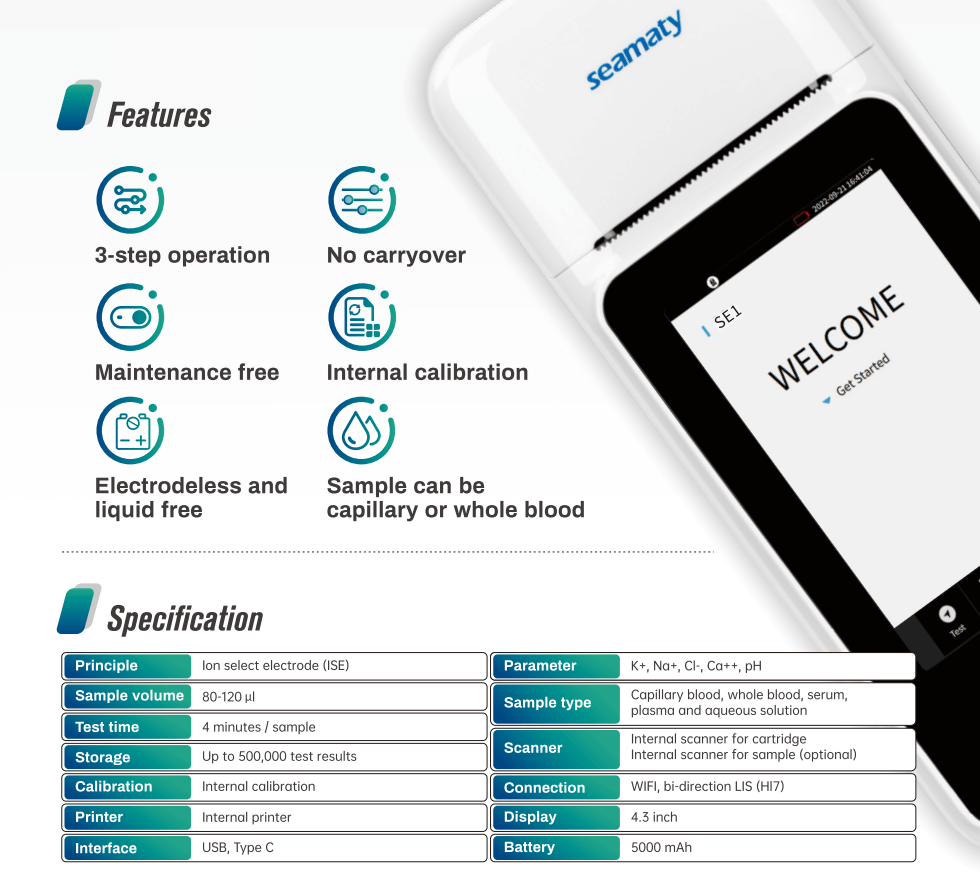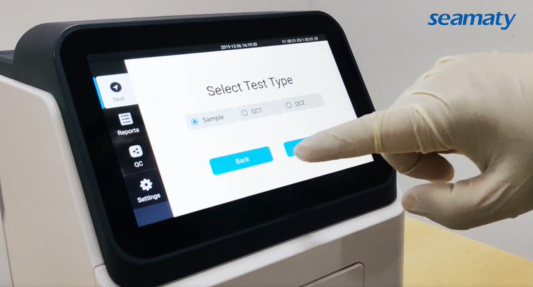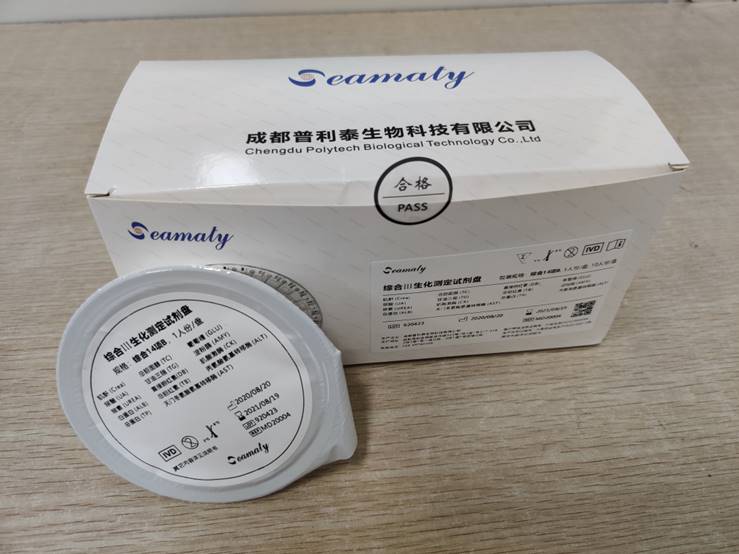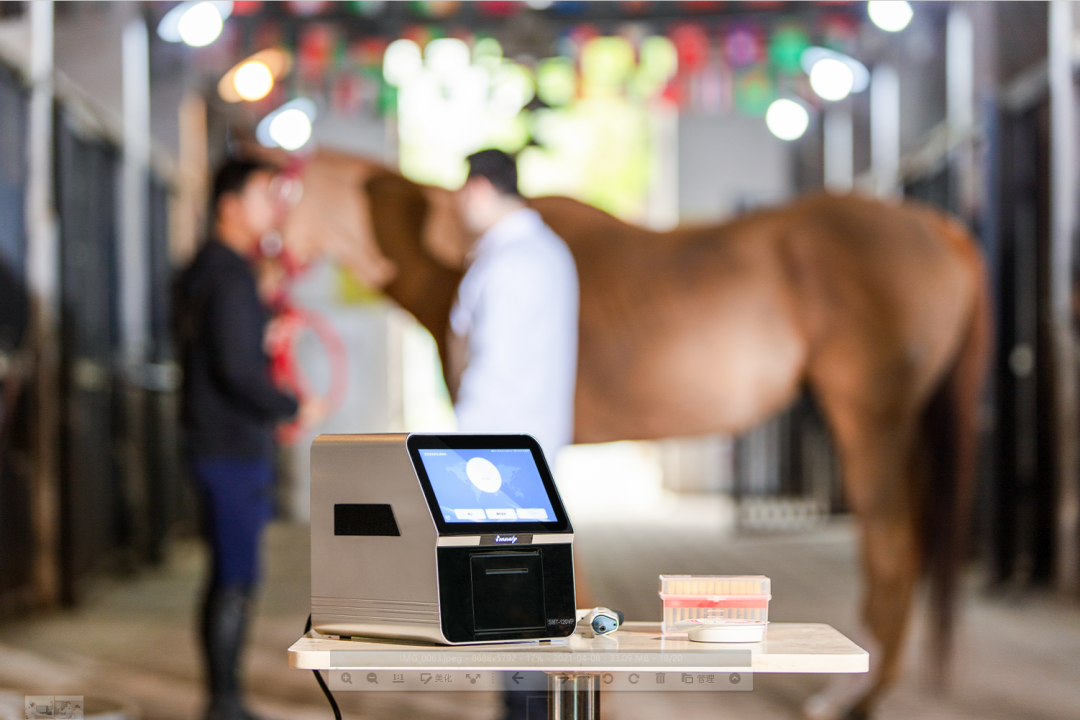release time:2023-09-26 14:10:21
In the ever-evolving realm of healthcare, technological advancements continue to reshape patient care and streamline medical processes. Electrolyte analysis, a crucial aspect of healthcare diagnostics, has seen a significant transformation with the introduction of the Seamaty SE1 handheld electrolyte analyzer. This portable marvel outperforms traditional electrolyte analyzers in multiple ways, offering a host of advantages that revolutionize the healthcare industry. In this article, we'll explore the drawbacks of traditional electrolyte analyzers and showcase the remarkable features of the SE1 that position it as the superior choice.
- Traditional electrolyte analyzers are often large and bulky, occupying considerable space in healthcare facilities. This immobility restricts their usage to specific locations within the facility. On the contrary, the SE1's compact, handheld design liberates healthcare professionals from spatial constraints, enabling electrolyte analysis directly at the point of care—be it at the patient's bedside, in a physician's office lab, or at an urgent care clinic.
- Mobility is a key concern with traditional analyzers due to their weight, making them less versatile and adaptable to different healthcare settings. The lightweight nature of the SE1, weighing just 0.6 kilograms, is a game-changer. It empowers healthcare professionals with the ability to perform tests effortlessly, regardless of their location, promoting a more agile and efficient approach to patient care.
- Traditional analyzers often come with a steep learning curve, demanding skilled operators for efficient use. The SE1 addresses this challenge with a simple, user-friendly interface that streamlines the entire process. Its intuitive design and minimal operational steps ensure that healthcare professionals can use it with ease, minimizing the need for specialized training.
- Traditional analyzers may have limitations concerning the types of samples they can process, potentially impacting the versatility and accuracy of analysis. The SE1, on the other hand, offers compatibility with a wide range of sample types, ensuring that healthcare professionals have the flexibility to choose the most suitable sample for a particular patient, facilitating comprehensive and precise electrolyte analysis.
- Routine maintenance and operational costs associated with traditional analyzers can be substantial. The SE1 eliminates much of this burden by being virtually maintenance-free. Its design reduces the need for consumables and spare parts, resulting in significant cost savings for healthcare facilities without compromising on the quality of electrolyte analysis.
- Traditional analyzers often rely on a multitude of consumables, contributing to environmental waste. In contrast, the SE1 minimizes consumables, promoting a sustainable approach to electrolyte analysis. This reduction not only benefits the environment but also aligns with the global shift towards eco-friendly and cost-effective solutions.
The Seamaty SE1 handheld electrolyte analyzer stands as a beacon of innovation, addressing the drawbacks associated with traditional electrolyte analyzers. Its compact design, portability, user-friendly interface, sample versatility, maintenance-free operation, cost-effectiveness, and environmental consciousness make it a standout choice for healthcare professionals.
With the SE1, healthcare professionals can embrace a future where electrolyte analysis is efficient, precise, and accessible. Seamaty is proud to present a solution that not only sets new standards in diagnostics but also contributes to a sustainable and enhanced healthcare ecosystem. Welcome to a new era of electrolyte analysis—welcome to the SE1 handheld electrolyte analyzer by Seamaty.

- Recommended Further Reading
[1]. How to Choose the Perfect Electrolyte Analyzer for Your Small to Mid-Sized Clinics?
[2]. The Power of Portability: Seamaty's SE1 and SG1 Analyzers Transforming Point-of-Care Testing
[3]. Roche 9180 vs. Seamaty SE1: Analyzing Electrolyte Analyzers for Near-Patient Testing
[4]. Enhancing Patient Care with Seamaty SE1: A Handheld Electrolyte Analyzer for Every Setting
[5]. Electrolyte Analyzer: Introduction, Principle, How to Use
[6]. 7 Reasons Why SE1 Handheld Electrolyte Analyzer Outperforms Traditional Models

2022-06-06
This article lists some of the most compelling applications in the point of care testing (POCT) market. The point of care testing (POCT) industry aims to curb the global threat of disease under strict regulatory constraints.

2021-12-08
Dry chemistry analytical techniques are relative to wet chemistry techniques. Dry chemistry is the direct addition of a liquid test sample to a dry reagent produced specifically for a different project. The moisture of the sample under test is used as a solvent to cause a specific chemical reaction, which leads to a chemical analysis method. Dry chemistry is a class of analytical methods based on enzymatic methods. Dry chemistry can also be called solid phase chemistry. Dry chemistry uses reflectance photometry or differential electrode method as a measurement method.

2021-08-03
Seamaty SMT-120VP pet automatic biochemical analyzer, a multifunctional instrument, can detect routine biochemistry, coagulation (4 items), blood gas electrolytes (including pH), and some immune items (c-CRP, f-SAA).